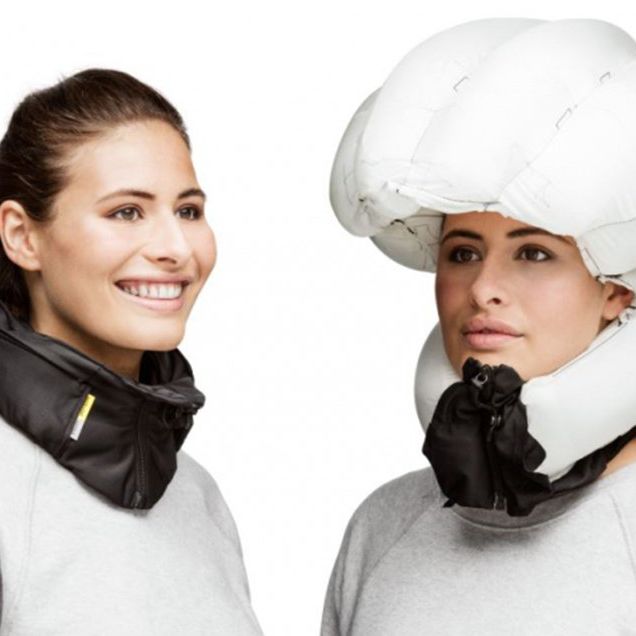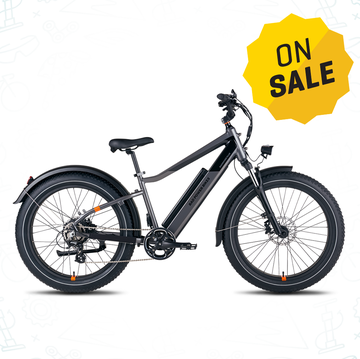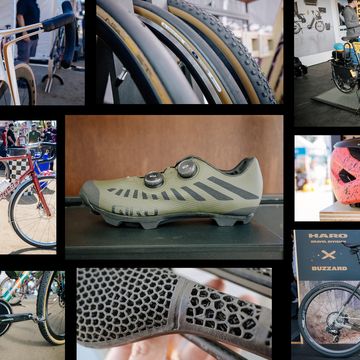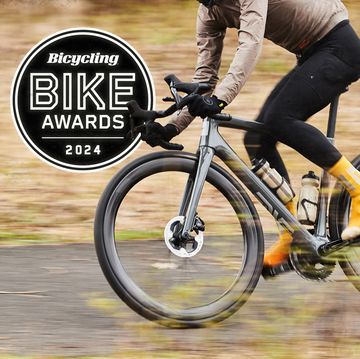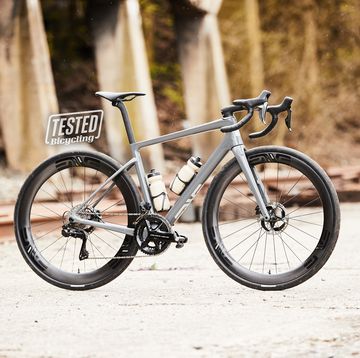A few years ago, Swedish company Hövding introduced inflatable helmets as a fashionable, discrete safety alternative that could increase helmet use while protecting larger portions of a cyclist’s head, neck, and face. Using airbags for crash safety is nothing new, but cyclists weren't totally sold on the idea. (Stay safe out there with the skills in the Bicycling Big Book of Road Cycling Skills.)
For one, Hövding helmets don't really look like helmets—they could be confused for neck ruffs designed by the Michelin Man. Worn as low-profile collars, they deploy in less than a second into head-covering bubbles upon impact, thanks to accelerometers and gyrometers that distinguish sudden changes in movement. What's more, they were expensive at $600 each, despite an absence of research to support their viability in a crash. However, new research out of Stanford University claims the Hövding helmets (now running about $330) aren't merely as effective as your standard-issue EPS helmets at preventing fractures and severe brain injury, but even more effective.
According to the study published in the Annals of Biomedical Engineering, the airbag helmets can reduce head accelerations (a leading cause of traumatic brain injury) five to six times as well as traditional bicycle helmets. Researchers from the lab of David Camarillo, an assistant professor in bioengineering who studies concussions, constructed theoretical models predicting concussion risk, then compared their models with results from the standard helmet safety test prescribed by the Consumer Product Safety Commission—placing the pre-inflated helmets and EPS helmets on dummy heads, then dropping them from various distances and angles onto a metal platform.
"Peak accelerations obtained from these experiments with airbag helmets achieve up to an eight-fold reduction in the risk of concussion compared to standard EPS helmets," the researchers write—which, given the fact that helmets aren't really even design around preventing concussions, is notable.
RELATED: An Honest Look at Bike-Helmet Usage
The current CPSC helmet-testing standard doesn’t account for the rotational forces against the brain that cause concussions, so the Stanford researchers are planning additional testing to delve deeper into that area, as well as tissue-level strains in the brain that could cause swelling.
It should be noted that what happened in the lab doesn't necessarily equate with real-world success. The researchers dropped fully inflated helmets during testing, and warned that the initial pressure of the helmet is critical in reducing acceleration levels. An in-collar sensor determines the air pressure inside the helmet; if it malfunctions or if an impact occurs before the helmet inflates to maximum psi, a rider’s head could hit the ground with much more force than a traditional foam helmet.
According to Hövding, the helmet has more than 600 accident reports from consumers, with no failures.
Even if the Hövding helmet lives up to its claims, getting cyclists to adopt it won’t be easy, says Dr. Corey Hannah Basch, an associate professor at William Paterson University’s Department of Public Health. Basch, who is studying ways to promote helmet use in bike-share, estimates that more than 80 percent of bike-share users don’t wear a helmet. Still, he believes the airbag helmets show promise.
RELATED: 10 Super-Cool Helmets for 2017
“The use of helmets in general is very low, which is a significant public health issue in a place like New York City, where riding can, at times, be treacherous,” Basch says. “To the extent that bicyclists are not wearing helmets for reasons related to discomfort (or convenience), this could be an exciting alternative.
“For bicyclists who are concerned about aesthetics, time will tell if this could be considered fashion-forward or not,” Basch continued. “From a public health standpoint, we can only hope that protecting one’s brain should precede concerns related to what is aesthetically appealing.”
The inflatable helmet has yet to be approved by Consumer Product Safety Commission and isn’t yet available in the United States; when we asked about potential release dates, Hövding CEO Fredrik Carling was reluctant to discuss them.

After spending nearly a decade as a reporter for The Indianapolis Star, Robert Annis finally broke free of the shackles of gainful employment and now freelances full time, specializing in cycling and outdoor-travel journalism. Over the years, Robert's byline has appeared in numerous publications and websites, including Outside, National Geographic Traveler, Afar, Bicycling, Men's Journal, Popular Mechanics, Lonely Planet, the Chicago Tribune, and Adventure.com.
